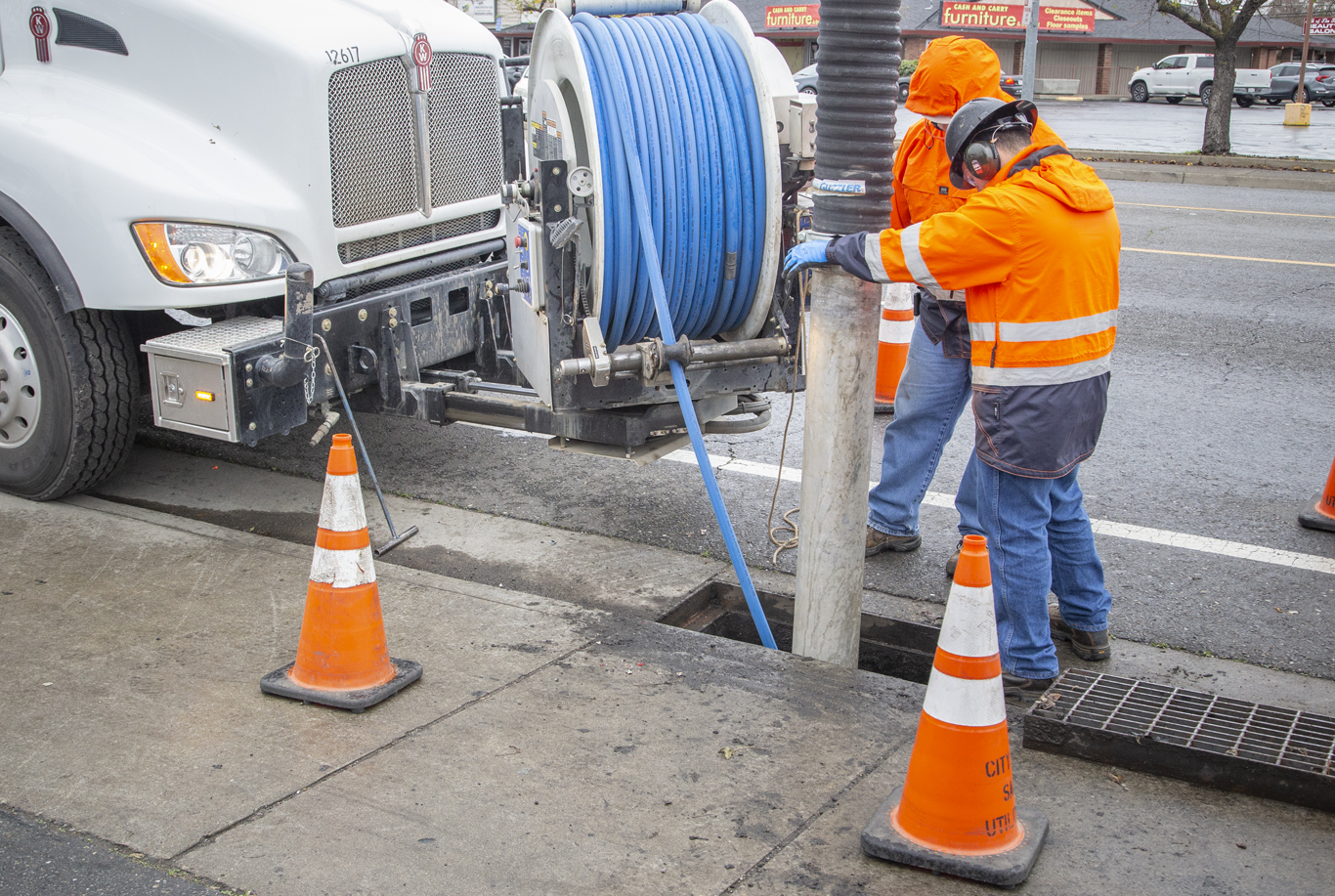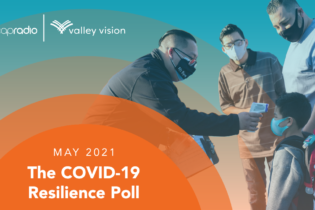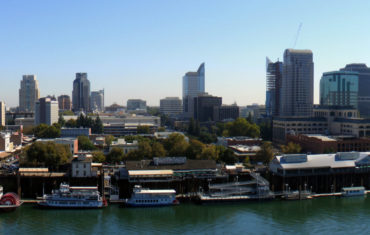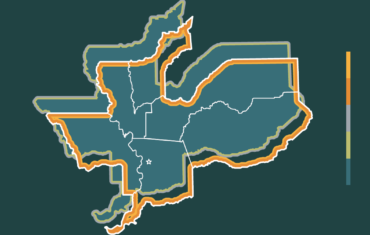Investing In Our Region

New, historic investments in regional economic recovery present our region with the opportunity to rebuild and grow, with a commitment to community and equity at the center of it. What have we done, and what must we do to take advantage?
This summer, we are seeing historic financial commitments to infrastructure, economic, environmental, and community resilience through both state and federal government channels. Just yesterday, the U.S. Senate passed a $1 trillion dollar infrastructure bill that will support expanded high speed internet access, roads, bridges, airports, Amtrak, and more. This will be the largest infusion of infrastructure investments in more than a decade and will certainly be felt within our region as those dollars get deployed across the country. In addition to infrastructure dollars, we have seen a significant commitment to recovery and community investment from both the Coronavirus Aid, Relief, and Economic Security Act (CARES), starting in 2020, and the American Rescue Plan Act (ARPA), passed in February 2021. The ARPA funds, which are just beginning to be deployed, will be used to meet pandemic response needs and rebuild a stronger, and more equitable economy as the country recovers. One example includes the Homeless Master Siting Plan that the City of Sacramento passed on Tuesday night, which will use $100 million in ARPA funds. We are seeing other ways the funds will be deployed including the Economic Development Administration’s recent release of a series of Notices of Funding Availability directed towards regional economic recovery.
In addition to these significant federal commitments, we are also seeing state investment opportunities. The state of California boasted an astonishing $75 billion budget surplus and, as a result, the 2021-22 California state budget and new recovery programs provide abundant opportunities for critical infrastructure improvements as well as needed community and regional recovery initiatives. For example, in late July, Governor Newsom made a $6 billion commitment to equitable and affordable access to broadband, providing needed dollars to close infrastructure and affordability gaps in underserved areas throughout the state. Additionally, the budget includes $3.7 billion for climate resilience, $600 million for inclusive regional economic development in a pending trailer bill, $1 billion for wildfire prevention and response, and $1 billion for workforce development statewide, to name just a few programmatic investments.

What does all this mean for our region? It means that we have the opportunity for big regional initiatives and bold, ambitious, and achievable goals. Luckily, we aren’t starting from scratch. We already have a roadmap for inclusive economic growth and an approved Comprehensive Economic Development Strategy in the Prosperity Strategy. We have bodies like the Capital Region Climate Readiness Collaborative, the Cleaner Air Partnership, the Connected Capital Area Broadband Consortium, the Sacramento Coalition for Digital Inclusion and many other regional and localized collaborative bodies who are shaping priorities and ideas for regional initiatives.
As we bring these investments into our region, we must all be committed to ensuring it is used to advance access to opportunity for all – particularly our neighborhoods and communities that have too often been overlooked. The rising tide must lift ALL boats. This is the time to build on our existing frameworks with additional inclusive, collaborative, and equity-centered planning to achieve bold, moonshot goals. What is your vision for a resilient, prosperous, equitable, and sustainable future for our region? Let’s work together to create impactful and bold initiatives that will serve our region and communities now and for generations to come. Contact us with any ideas or to stay engaged.
To keep up with Valley Vision’s work to advance livability in the Sacramento region, subscribe to our Vantage Point email newsletter!
Evan Schmidt is Valley Vision’s Chief Executive Officer.





